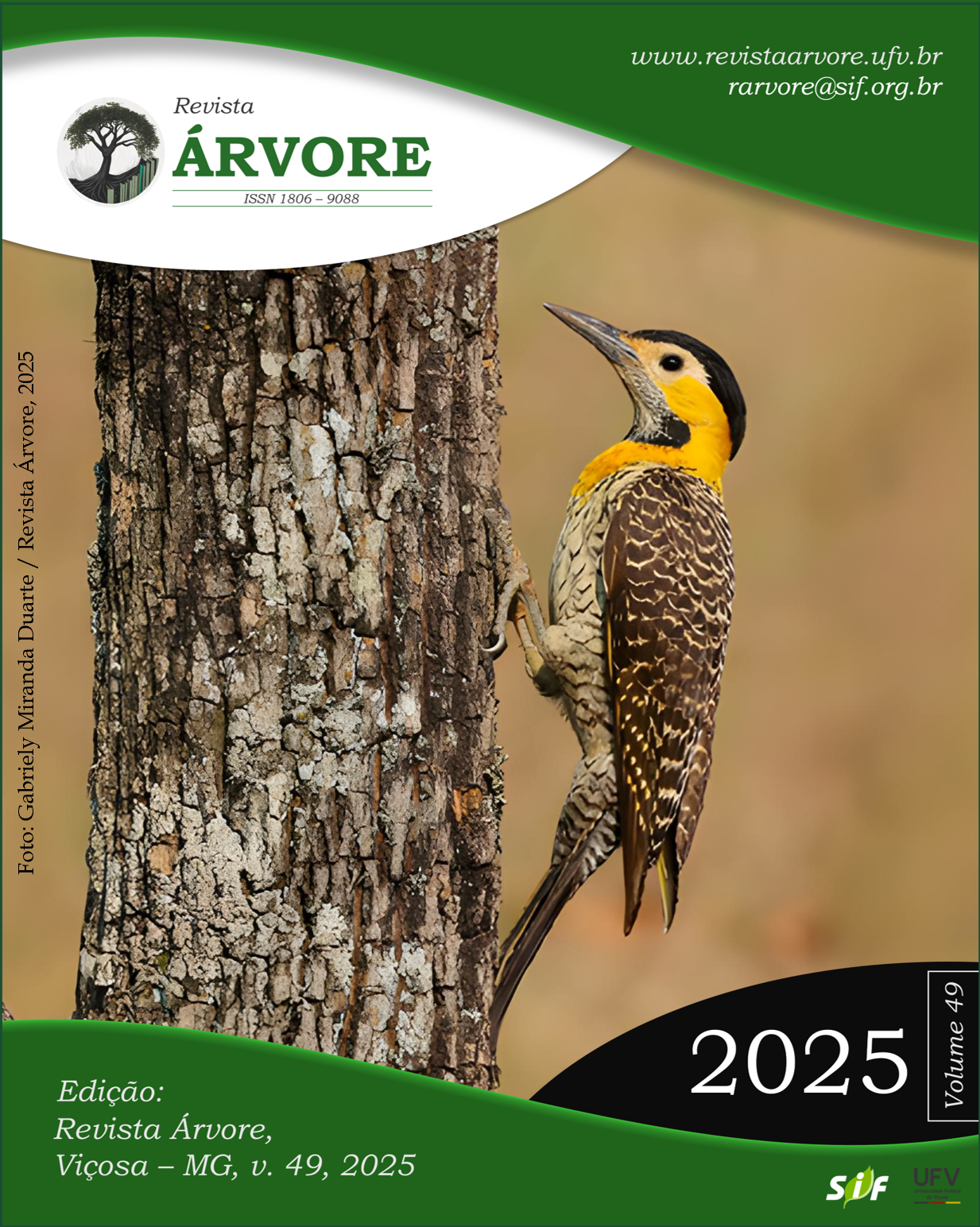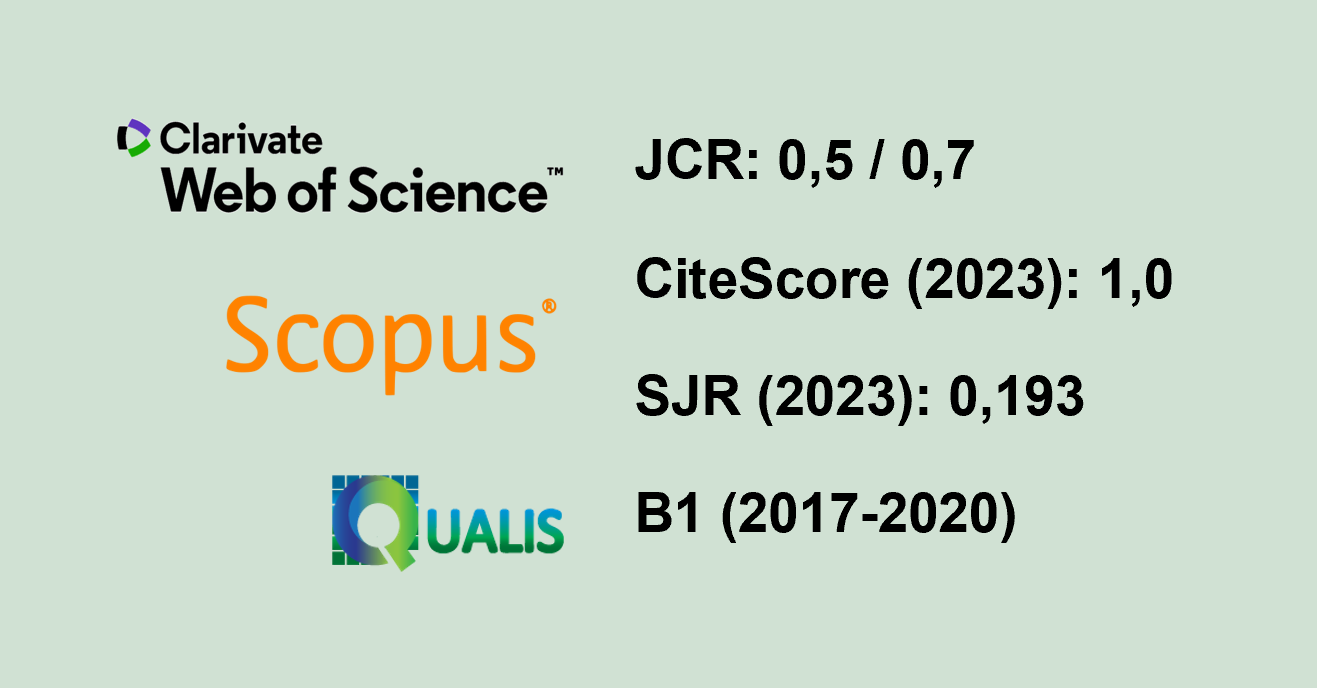Contrasts in landscape structure and their effects on conservation in agricultural sub-regions of Bahia
DOI:
https://doi.org/10.53661/1806-9088202549263893Keywords:
Agroecology, Biodiversity conservation, Forest fragmentationAbstract
Landscape fragmentation, driven by diverse agricultural practices, represents one of the significant challenges for biodiversity conservation. Although some sub-regions in Bahia are considered better preserved due to their traditional land-use patterns, comparative assessments with less preserved areas remain scarce. This study aimed to evaluate the landscape structure in two rural communities in Bahia, Brazil: Rio do Engenho (Ilhéus) and Riacho da Guia (Alagoinhas), characterized respectively by agroforestry systems (cabruca) and monocultures (citrus and eucalyptus). The methodology was based on the analysis of CBERS-04A satellite images (2024) with an 8-meter spatial resolution, processed using QGIS 3.34. Land-use and land-cover mapping was conducted through manual visual interpretation, identifying up to nine thematic classes. To assess landscape structure, nine ecological metrics were calculated using the LecoS plugin, encompassing composition, shape, connectivity, and diversity. The results indicated that Rio do Engenho has a larger proportion of native vegetation, greater cohesion, and lower edge density, revealing a configuration more favorable to biodiversity conservation. In contrast, Riacho da Guia exhibited higher fragmentation, a predominance of agricultural land uses, and reduced connectivity among forest remnants. Therefore, the findings demonstrate that adopting agroforestry systems enhances biodiversity maintenance and ecosystem resilience, whereas monoculture practices accelerate environmental degradation.
Keywords: Agroecology; Biodiversity conservation; Forest fragmentation
Downloads
Published
How to Cite
Issue
Section
License
Copyright (c) 2025 Revista Árvore

This work is licensed under a Creative Commons Attribution 4.0 International License.
All authors agreed to submit the work to Revista Árvore and granted the exclusive license to publish the article. The authors affirm that it is an original work and has not been previously published elsewhere. The scientific content and opinions expressed in the article are the sole responsibility of the authors and reflect their opinions, not necessarily representing the opinions of the editorial board of Revista Árvore or of the Society of Forest Investigations (SIF).








